Fire Blight Is A Common Disease For Roses, Pears and Apples
Fire blight is a common and potentially fatal disease among trees in the rose family, especially pears and apples. It is caused by the bacteria Erwinia amylovora. Once a tree is infected, it is nearly impossible to eliminate. However, it can be kept under control using organic methods to prevent the disease from spreading and killing the tree.
Is Your Tree Infected? 
Fire blight is named for the scorched appearance of infected leaves and branches. Depending on the severity of the infection, leaves can be patchy with dead spots, or entire sections of new growth and even whole limbs can be killed off. Affected branches often curl back in a “shepherd’s crook” or J-shape. The dead leaves and fruit remain attached and can be brown or black. These areas are easy to spot in the summer against the bright green of neighboring healthy growth. The bacteria lives inside the bark, festering in spots called cankers. These cankers are visible by their discoloration, often with red-brown streaking, and the edges of the canker may be blistered and raised. During the winter months, the bacteria in the canker will go into a state of dormancy along with the tree. In the spring, these cankers may ooze as the tree and the bacteria begin their new growth for the year. This bacteria-laden liquid is then moved to other parts of the tree by insects, birds and other vectors, thus spreading the infection.
Prevention Is the Best Medicine
Keeping your trees healthy in the first place is the best solution when it comes to fire blight. Good management begins before you even plant your trees. Select varieties that are resistant to fire blight, such as Seckel, Potomac and Warren pears, Hosui Asian pears, and Cox Orange Pippin apples. Also select varieties that are grafted onto disease resistant rootstock, as are all of our trees. A thorough list of varieties that are resistant and susceptible can be found on the Purdue University Extension website.
When planting your trees, select a site that receives at least 6 hours of sunlight, and plant your trees at the proper spacing and depth. Trees that are planted too close together, too deeply, or in too much shade will become stressed and this will increase their susceptibility to disease.
Proper fertilization is also important to reduce the risk of fire blight. Over fertilization leads to rapid growth, and this abundant new growth is most at risk of becoming infected. To check if your tree is growing at a healthy rate, use the handy chart in this article. To determine how much nitrogen you actually need to add, test your soil annually. Controlling sucking insects such as aphids and leafhoppers, which can carry this disease to new places, is another good prevention idea. There are many options to combat these pesky bugs; read this article for the best solutions.
The Mechanical Solution For Fireblight
If your tree becomes infected with fire blight, there are several courses of treatment that are recommended by the University of California Cooperative Extension. The most important of these is mechanical disease control with pruning.  No matter what other products or methods you use to treat fire blight, pruning for disease management is essential. Most disease control pruning is done in the summer and the winter, when the infection is not actively spreading through the tree. Remove diseased branches 8 to 12 inches beyond the visible infection. If possible, remove the whole infected branch and the branch to which it is attached all the way to the collar (for information on making good pruning cuts, watch Pruning 101).
No matter what other products or methods you use to treat fire blight, pruning for disease management is essential. Most disease control pruning is done in the summer and the winter, when the infection is not actively spreading through the tree. Remove diseased branches 8 to 12 inches beyond the visible infection. If possible, remove the whole infected branch and the branch to which it is attached all the way to the collar (for information on making good pruning cuts, watch Pruning 101).
For branches that are too large to prune, or to remove cankers on the trunk itself, scrape off the outer and the inner bark entirely during the dormant season. Keep scraping off the bark around the canker until all discolored tissue is removed, and then remove an additional 6 to 8 inches in every direction. If this causes a branch to become girdled (completely stripped for more than half of the circumference), the branch will need to be entirely removed. If the trunk becomes girdled, you will need to remove the tree entirely. It is also advisable to remove trees where more than half the canopy is diseased. While it may seem extreme to remove so much healthy tissue beyond the diseased area, this is very important for disease management.
The fire blight bacteria lives in the tissue outside of the visibly affected area, and only by removing enough extra tissue can you actually remove the infection. Do not apply sealant to the pruned or scraped area, as this will just trap any remaining bacteria. Only prune on sunny days when there is no chance of precipitation for 48 hours. As an extra precaution, dip or spray your pruning tools using rubbing alcohol or a 10% bleach solution between cuts. Do not compost any of the removed branches or bark; the diseased yard waste should be removed from your property to prevent the bacteria from being spread back to your trees by birds, bugs, wind, or other vectors.
Treating Your Trees
Serenade Optimum are the fire blight treatments recommended by Oregon State University. There have been a number of studies in the last few years on the most effective way to apply this biocide to combat the fire blight bacteria. OSU recommends the following treatment protocol: For apples, apply lime sulfur when your tree is at 20% and 70% bloom; then follow it up during full bloom through petal fall with Serenade. For pears, only use the Serenade, and apply at the same time as for apples. This protocol has yielded similar results as conventional treatments in field studies. Copper can help control the spread of fire blight if applied during bloom, every four to five days until blooming is over. This can cause russeting or scarring of fruits, but can be effective in preventing the disease from spreading during the most active season of its lifecycle.
However, copper cannot eliminate infections that are already living in the wood. Its primary purpose is to make a bacteria-killing barrier on the surface of the tree to prevent the spread of infection to new areas. (Copper is not an organic pesticide: if you are a certified producer, speak to your certifier before applying this or any other product).
Additional Resources New York State Integrated Pest Management Program University of Missouri Extension

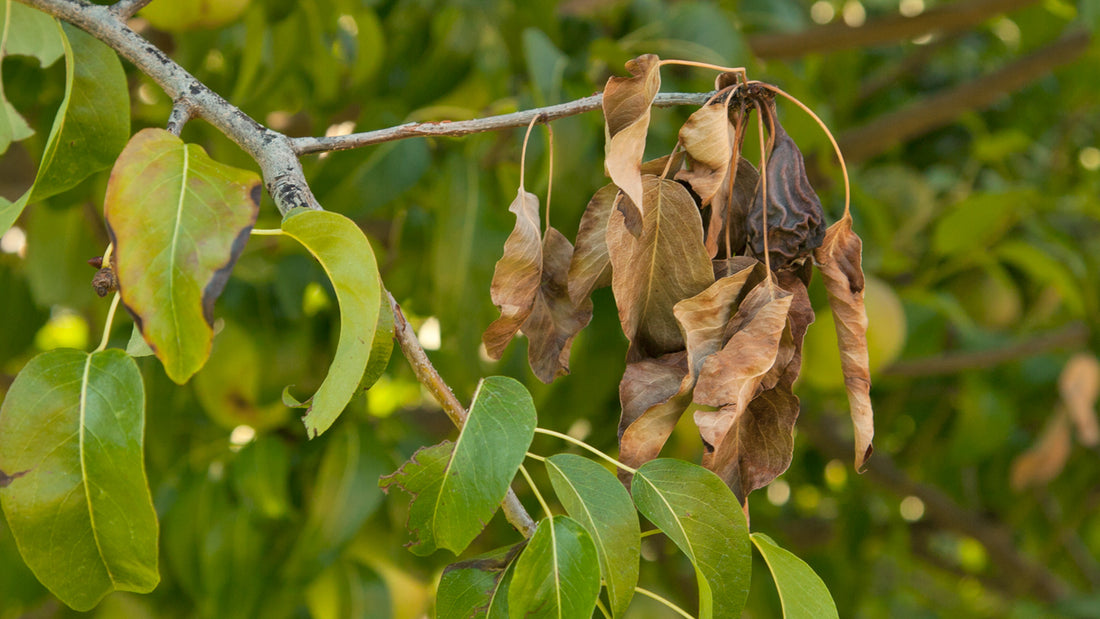
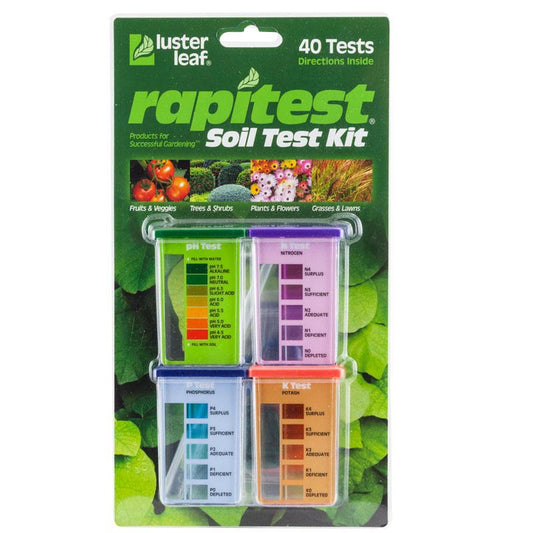
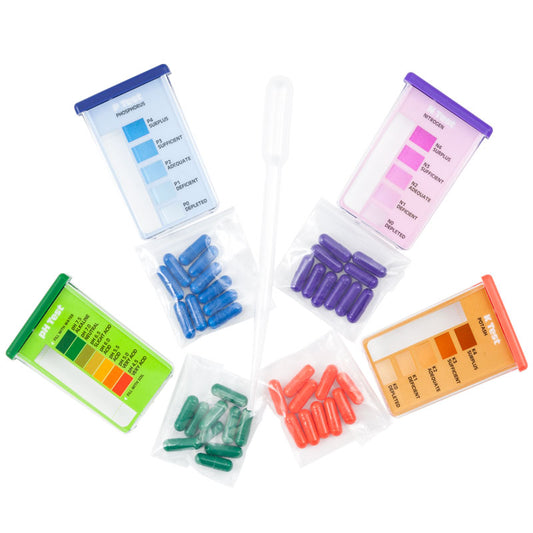
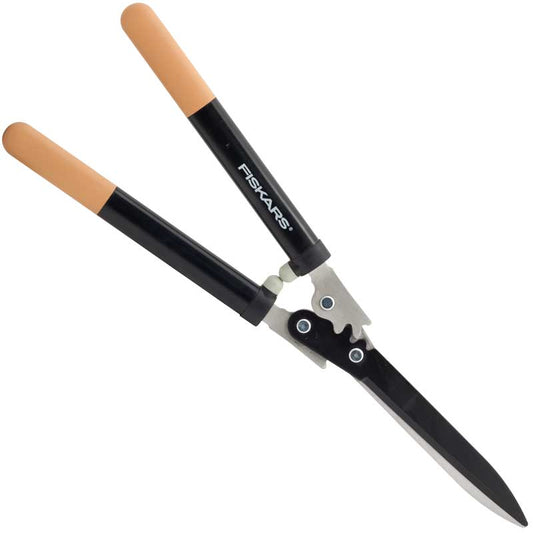
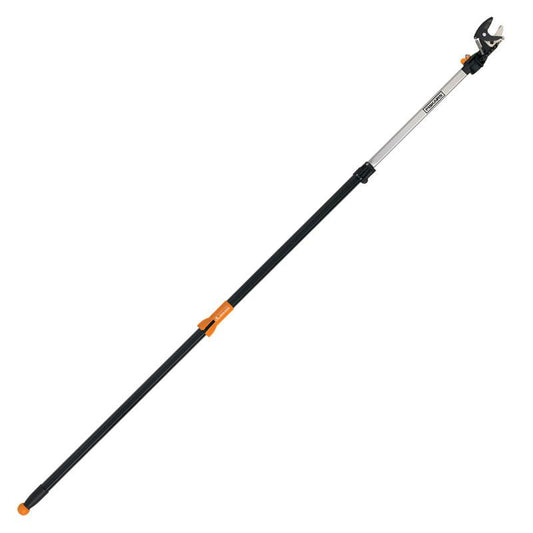
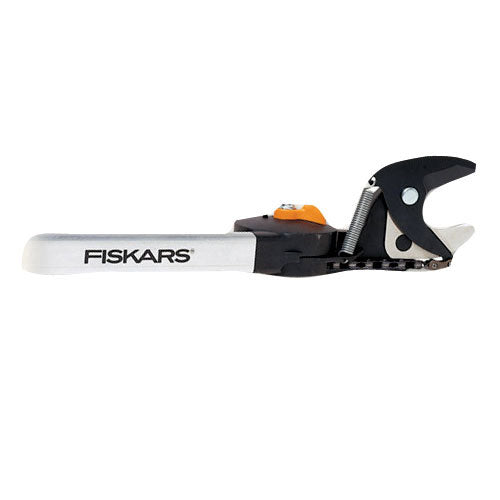
21 comments
Lori, yes, just wash them before eating them.
Is it okay to eat apples from tree that have been sprayed with copper for fire blight?
The article mentions ‘application’ of antibacterial, is this a spray or an injection?
Thank you.
I have tried about as many suggestions as there are trees in an effort to eliminate fire blight from our crab apple tree. I’ve finally won!!!!!
I have used Blue Dawn to eliminate web worms for years and it works wonderfully.
I have now totally eliminated fire blight from our crab apple with Blue Dawn after years of fighting it. For the last two years (after spraying with Blue Dawn) there is absolutely no fire blight!!!!!!
R. Grunhof
I routinely use Serenade on my apples, but I have always read that spraying with antibiotic should be done if fireblight is suspected. not mentioned here.. is that passe’?